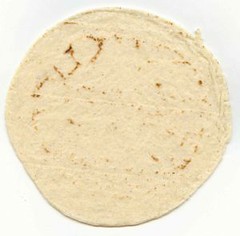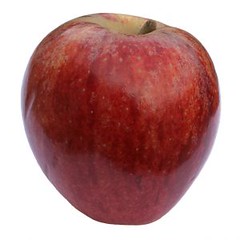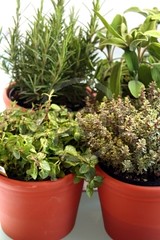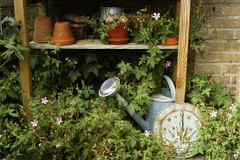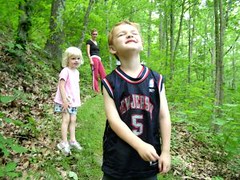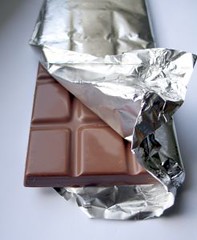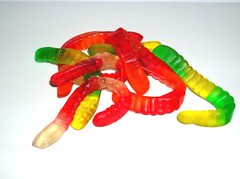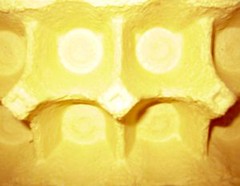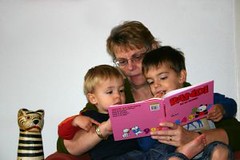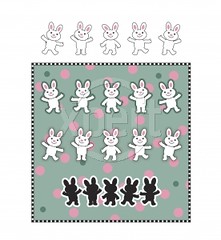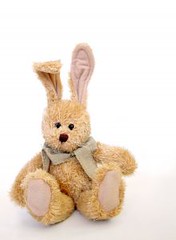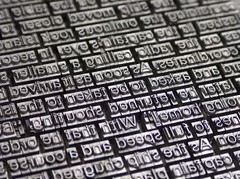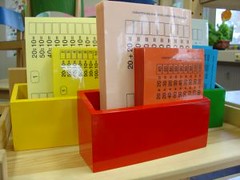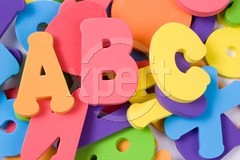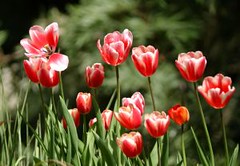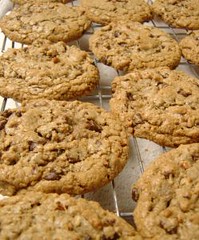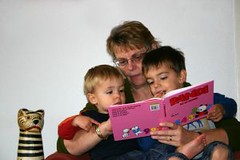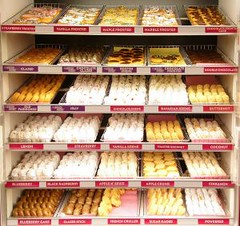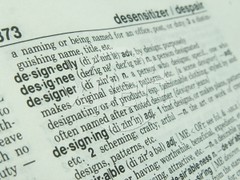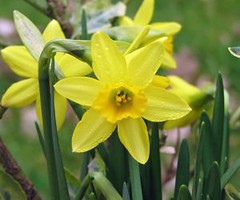A Balance of Synthetic and Analytic Phonics Instruction
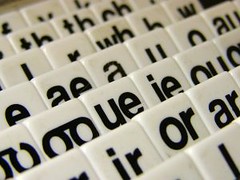
In the nineteen eighties there was a strong movement toward adopting whole language approaches to teaching reading. That is, analytic-phonics or whole word approaches. Today the pendulum has shifted back to what many experts refer to as the traditional approach or synthetic-phonics approach. More and more school districts are adopting curriculums that explicitly teach the alphabet, letter-sound associations and sounding out of words i.e. synthesizing/blending a letter's sounds into whole words.
Teaching word families strikes a balance between whole to part and part to whole phonics instruction. As children encounter common root words, prefixes, and suffixes again and again they begin to recognize these alphabet combinations instantly and no longer need to sound out each letter.
Most word families are usually rhymes and only require a beginning consonant sound, or consonant blend. For instance as in "ill", add p and you have pill, or add sk and you have skill. Really, word family endings are phonograms.
To get started teaching word families take a large piece of poster board. Create a chart by listing the following word endings down the left side of the poster board:
ab, ace, ack, ad, ade, ag, ail, ain, ake, ale, all, am, ame, an, ane, ang
Beginning with "ab" have students think of all the words they know that end in ab, For example: cab flab, tab, jab, .... Next, list their new words next to the word ending. Repeat this exercise for each word family.
Next Thursday I'll give you a new set of word families.
Reference: Reading Instruction that Works - Michael Pressley
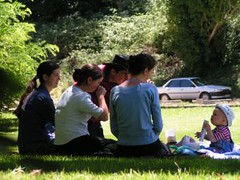 <
< <
<